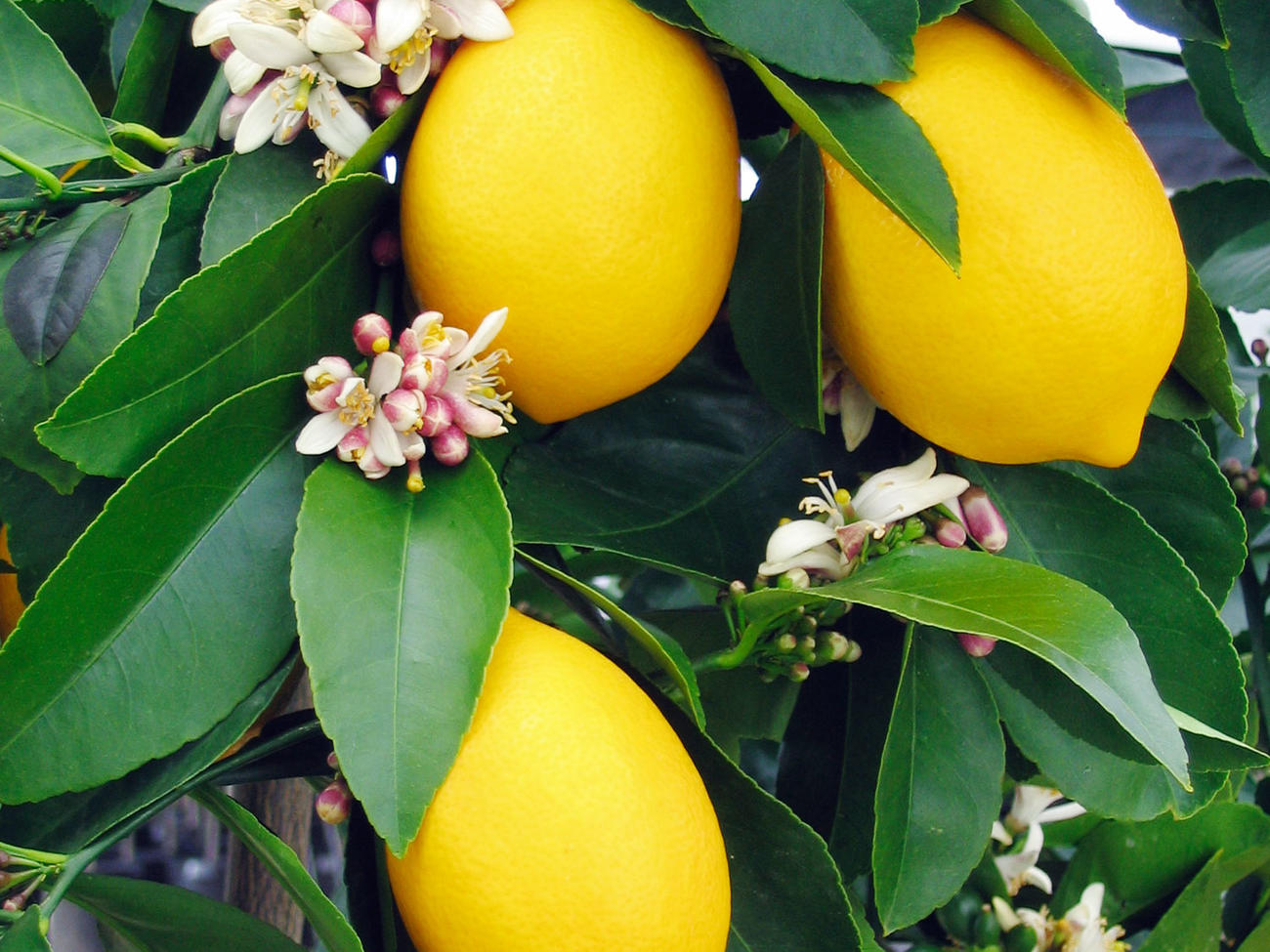
March

Plant
Midmonth or after the average last frost for your area is the best time of year to plant citrus in Sunset climate zones 12-–13. Consider unusual and tough trees such as ‘Improved Meyer’ lemon, ‘Marrs’ sweet orange, ‘Melogold’ grapefruit, ‘Minneola’ tangelo, and ‘Nagami’ kumquat.
Opt for seed-grown ocotillos (Fouquieria splendens) in zones 11–13 that are rooted in containers, since they’re much easier to establish than wild-collected plants. They’re typically available in 5-gallon pots and 16-inch boxes, and range in height from 3 to 6 feet. Shop for seed-grown ocotillos at nurseries that sell native plants.
Start veggies in zone 10. Outside, sow seeds of broccoli, cabbage, carrots, cauliflower, lettuce, radishes, and spinach. Indoors, start seeds of eggplant, peppers, and tomatoes for transplanting in six weeks. In zones 11–13, sow seeds of cucumbers, jicama, melons, okra, summer and winter squash, and sweet corn. Near month’s end, set out transplants of artichokes, peppers, and tomatoes.
Try a native verbena in zones 2–3b, 10–12. For a low-growing perennial native that produces lavender-pink flowers all summer, grow ‘Annie’ verbena. Unlike more tropical verbenas, ‘Annie’ is solidly cold-hardy even in Flagstaff and Santa Fe. For a fetching pink and gold combination, combine it with prairie zinnia (Z. grandiflora).
Use a showy grass in zones 10–13. Plant Muhlenbergia lindheimeri ‘Autumn Glow’, a bold, tall ornamental grass with blue-green leaves and elegant yellow flower spikes in fall. This native of Texas and Mexico is excellent at the back of borders or mixed with other tall perennials such as penstemon. Give it enough room to achieve its full and glorious 5- by 5-foot stature. Available at nurseries that carry native and low-water-use plants.
Maintain
Divide agaves. For agaves that reproduce by offsets, or pups (small versions of the plant that pop up next to the mother plant), dig up the offsets, let the roots callus in a shaded spot for a few days, and replant in pots or in the ground.
Give established plants a dose of a balanced organic fertilizer this month. Feed fruit and ornamental trees, shrubs, lawns, groundcovers, perennials, and annuals.
Prune frost-tender shrubs in zones 11–13. At the end of the month, or after any chance of frost is past, prune off frost-damaged foliage and branches from bougainvillea, dalea, lantana, oleander, and other tender shrubs.
As temperatures warm, adjust your irrigation schedule accordingly. Citrus and other fruit trees need water every 10 to 14 days.
